Are state-owned enterprises truly performing?
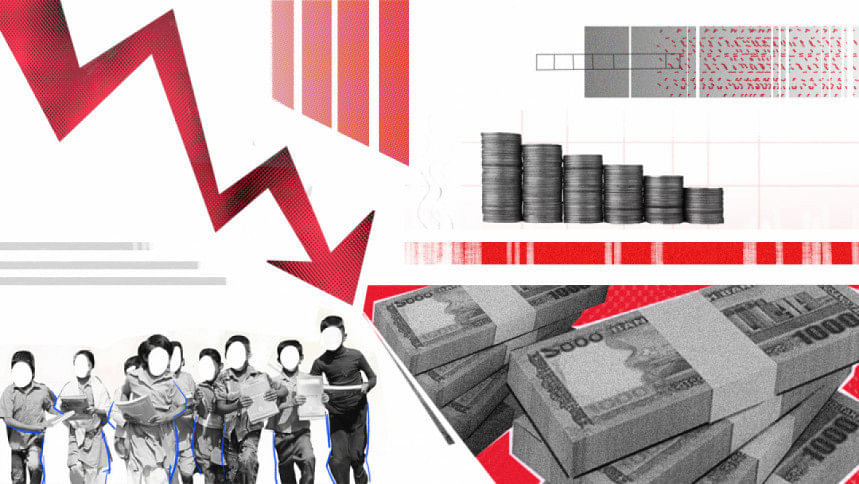
State-owned enterprises (SOEs) and autonomous bodies (ABs) play a significant role in Bangladesh's economy. As they are funded by public money, it is essential that they deliver services efficiently and become financially sustainable.
The Finance Division of the Ministry of Finance, through its Monitoring Cell, has been working towards "Strengthening State-owned Enterprises' Governance" under the "Strengthening Public Financial Management Programme to Enable Service Delivery." As part of this initiative, an Independent Performance Evaluation Committee was formed to assess the performance of SOEs and ABs, following a guideline prepared by the ministry. I served as a member of this committee.
The evaluation was introduced in 2024, assessing 20 organisations based on their audited financial statements for FY2022-23. The grading scale included five categories: Excellent (91-100 percent), Very Good (81-90 percent), Good (71-80 percent), Fair (41-70 percent), and Underperforming (0-40 percent), with corresponding scores of 4, 3, 2, 1, and 0, respectively. This initiative is commendable, as it encourages competition and better service delivery. However, there are notable loopholes, weaknesses, and inconsistencies in the evaluation methodology that must be addressed.
For example, the Bangladesh Bridge Authority recorded government grants as income in its profit and loss account. Similarly, the Rajshahi Water Supply and Sewerage Authority recorded government donations in its income statement. These are significant violations of accounting principles, as such capital support should appear on the balance sheet, not the income statement. Such misclassifications artificially inflate profits and can portray loss-making institutions as profitable.
Operating profit reflects a company's core business performance and should ideally exceed non-operating income. However, the Bangladesh Forest Industries Development Corporation (BFIDC), Khulna Development Authority, Chittagong Port Authority and Bangladesh Shipping Corporation reported disproportionately high non-operating income, suggesting a deviation from their core operational focus and masking poor performance.
A strategic plan outlines an organisation's future direction, goals, and actions to achieve those goals. Institutions with sound strategic plans are expected to be profitable in the long run. For example, the Bangladesh Rural Electrification Board (BREB) and Civil Aviation Authority of Bangladesh (CAAB) performed well, with weighted scores of 3.25 and 3.19, respectively, reflecting the impact of their strong strategic plans.
In contrast, the Karnaphuli Gas Distribution Company Limited (KGDCL) also had an "Excellent" strategic plan and effective governance practices, yet reported a negative net income growth of 83 percent and an overall score of 2.58. Likewise, Khulna Water Supply and Sewerage Authority reported a negative income growth, contradicting its high scores in strategic planning, corporate governance, and transparency.
Bangladesh Road Transport Corporation was awarded an "Excellent" grade for its strategic plan, despite experiencing negative net income growth, which was not even numerically disclosed. Bangladesh Power Development Board, also rated "Excellent" in strategic planning and governance, ended with negative income growth and an alarmingly high cost of services (105 percent).
Similarly, Power Grid Company of Bangladesh PLC had strong ratings in strategic planning, governance, and policy implementation, but reported a negative net income growth of nearly 84 percent, which significantly undermines the credibility of its high rating.
Short-term fund management efficiency is measured by accounts receivable and payable periods. These should ideally not exceed 60 days. However, the accounts receivable period was 140 days for Chittagong Port Authority and a staggering 1,816 days—nearly five years—for CAAB.
The Bangladesh Parjatan Corporation (BPC) demonstrated inefficiency in managing short-term assets, with receivable and payable periods of 648 and 650 days, respectively. Similarly, KGDCL's receivable and payable periods stood at 360 and 365 days. Bangladesh Overseas Employment and Services Limited, BSCIC, and BFIDC had data on receivables and payables, but these were not included in their financial performance assessments.
Return on Assets (ROA) and Return on Equity (ROE) reflect how efficiently a firm uses its resources to generate returns. For BPC, the threshold for an "Excellent" grade was set at a mere 0.10 percent, suggesting a return of just one taka per 1,000 taka of assets or equity—an unreasonably low standard. In contrast, the thresholds were 3.5 percent for Bangladesh Shipping Corporation, 3 percent for BSCIC, and 5 percent for CAAB—still low, but more realistic.
Some entities failed to follow International Accounting Standards (IAS) and International Financial Reporting Standards (IFRS), let alone the International Public Sector Accounting Standards (IPSAS) meant for public sector entities. Furthermore, the performance evaluation relied solely on income statements and balance sheets, omitting cash flow statements—despite the latter offering a more accurate picture by overcoming the limitations of accrual accounting.
" layout="left"]Several methodological issues also undermine the evaluation process. For instance, merely possessing a strategic plan was often enough to earn an "Excellent" grade, regardless of the plan's effectiveness. As a result, several poorly performing institutions were still rated highly in this category.
In some cases, the average performance over the past five years was used as the "Excellent" benchmark for the following year—a flawed approach. Additionally, the score range for the "Fair" grade spanned 30 percentage points (41-70 percent), while other grades spanned just 10 points, making comparisons inconsistent.
The guidelines combined qualitative and quantitative indicators, but excessive subjectivity was applied to qualitative measures. This is evident in the grades awarded—qualitative factors often received higher scores than their quantitative counterparts. A better balance must be struck.
The performance evaluation focused entirely on the supply side, and the results highlight that most of the SOEs and ABs failed to provide better services to their customers. For instance, while BREB and CAAB received "Very Good" grades, the validity of these assessments can only be confirmed through service recipient surveys, and if such surveys yield similar results, only then the findings will hold. Otherwise, the reliability of the evaluation remains questionable.
Dr Md Main Uddin is professor and former chairman in the Department of Banking and Insurance at the University of Dhaka. He can be reached at [email protected].
Views expressed in this article are the authors' own.
Follow The Daily Star Opinion on Facebook for the latest opinions, commentaries and analyses by experts and professionals. To contribute your article or letter to The Daily Star Opinion, see our guidelines for submission.

 For all latest news, follow The Daily Star's Google News channel.
For all latest news, follow The Daily Star's Google News channel. 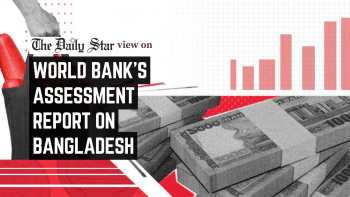
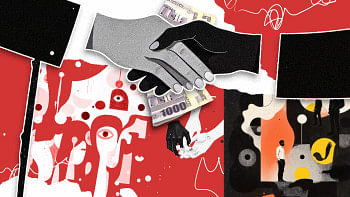




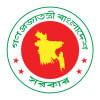
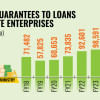


Comments